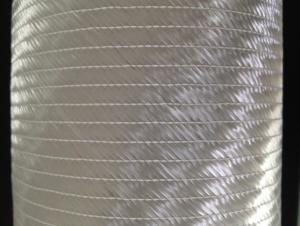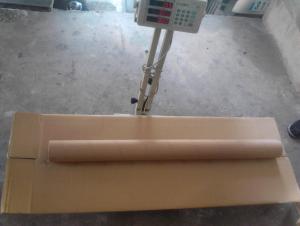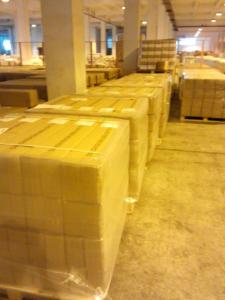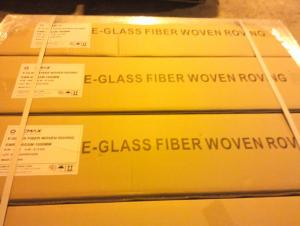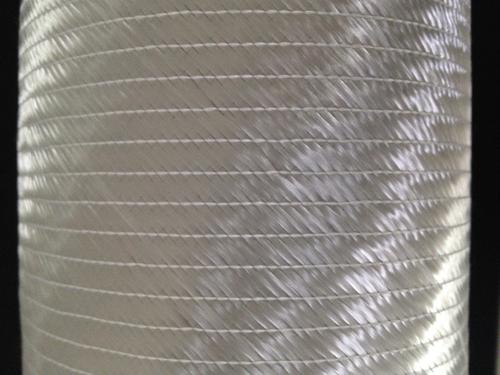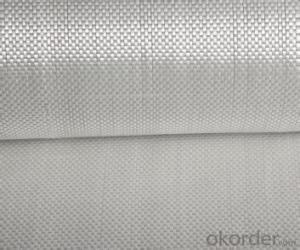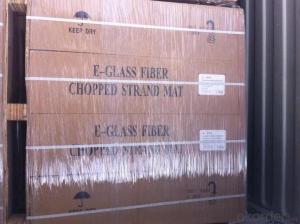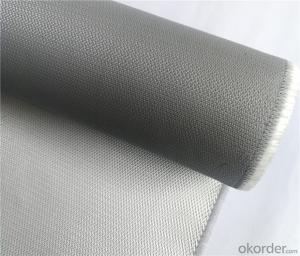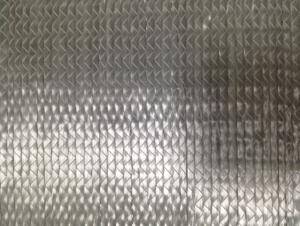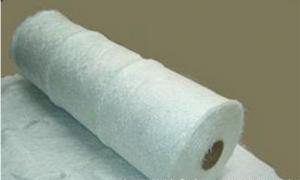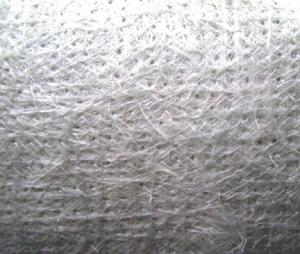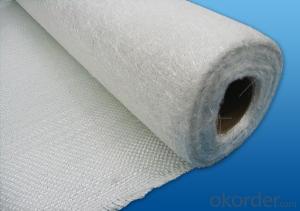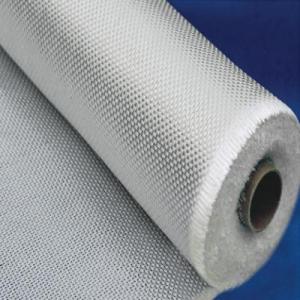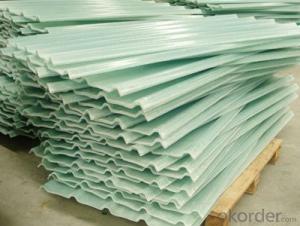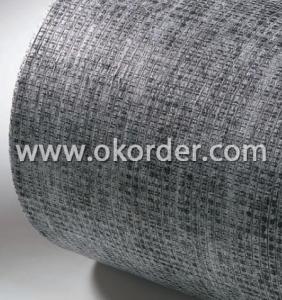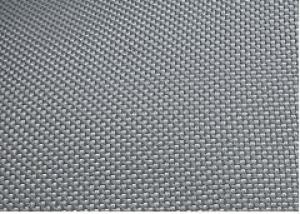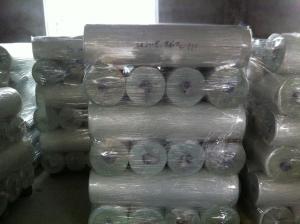Ptfe Fiberglass Fabric e-glass Stitch Combo Mat - Bx - Two Stages
- Loading Port:
- China Main Port
- Payment Terms:
- TT or LC
- Min Order Qty:
- -
- Supply Capability:
- -
OKorder Service Pledge
OKorder Financial Service
You Might Also Like
Brief Introduction:
Eglass stitched Combo Mat is a complex mat made by stitching together alayer of rovings consisting of parallel aligned rovings 0°,90°or ±45°and alayer of evenly distributed chopped strands.
E-glassstitched combo mat consists of two or more layers of fiber glass rovingswhich are stitch-bonded. one layer of rovings and differene layers of rovingscan be oriented differently and have different linear density. the rovingspecification, number of roving layers, mat width and roll diameter can becustomized as per requirement.
It’scompatible with UP, vinyl-ester, phenolic and epoxy resin.
Characteristics
1. Manufactured by own factory
2. Good wet-out in resins
3. Good strand dispersion and uniform area weight.
Specification
Specification | Woven roving (g/m2) | chopped(g/m2) | Polyester Yarn Density(g/m2) | total weight(g/m2) |
E300/300 | 308 | 302.25 | 6.3 | 616.55 |
E500/300 | 507 | 302.35 | 9.1 | 818.45 |
E500/450 | 507 | 458.17 | 9.1 | 974.27 |
E600/275 | 612 | 274.64 | 9.5 | 896.14 |
E600/300 | 612 | 305.15 | 9.5 | 926.65 |
E600/450 | 612 | 457.73 | 10.71 | 1080.44 |
E800/275 | 847 | 274.64 | 10.71 | 1132.35 |
E800/300 | 847 | 305.15 | 10.71 | 1162.86 |
E800/450 | 847 | 457.73 | 10.71 | 1315.44 |
FAQ
a.Pacage
Each Eglass stitched Combo Mat is wound onto a paper tube The roll is wrapped up with plastic film,and then packed in a cardboard box. The rolls can be vertically or horizontally placed. For transportation, the rolls can be loaded into a container directly or on pallets.
b.Product storage:
Unless otherwise specified, CHEMICAL FIBER GRIDDING CLOTH should be stored in a dry, cool and rain-proof area. It is recommended that the room temperature and humidity should be always maintained at 15℃~35℃ and 50%~75% respectively.
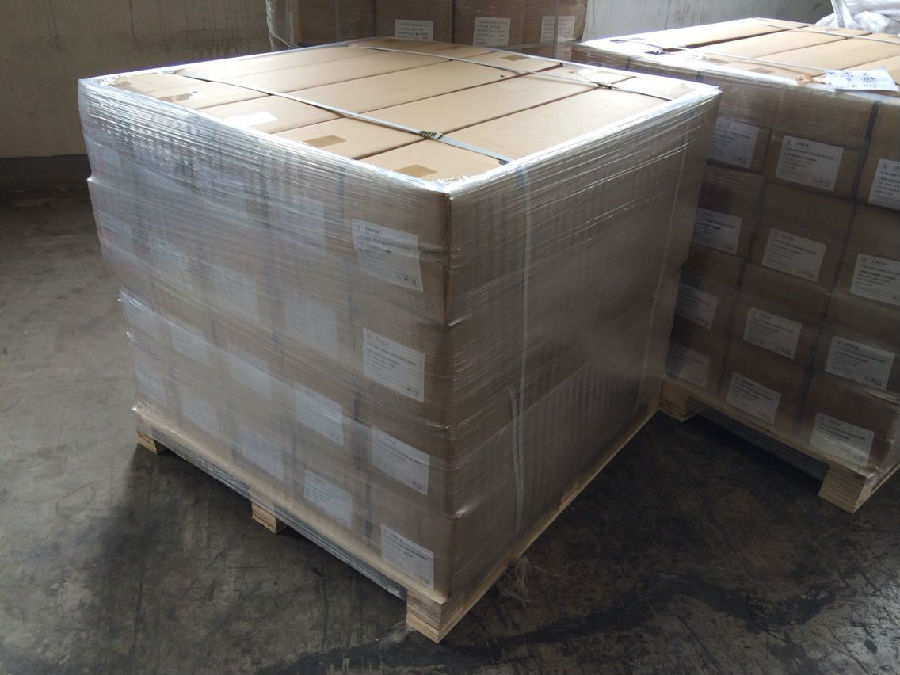
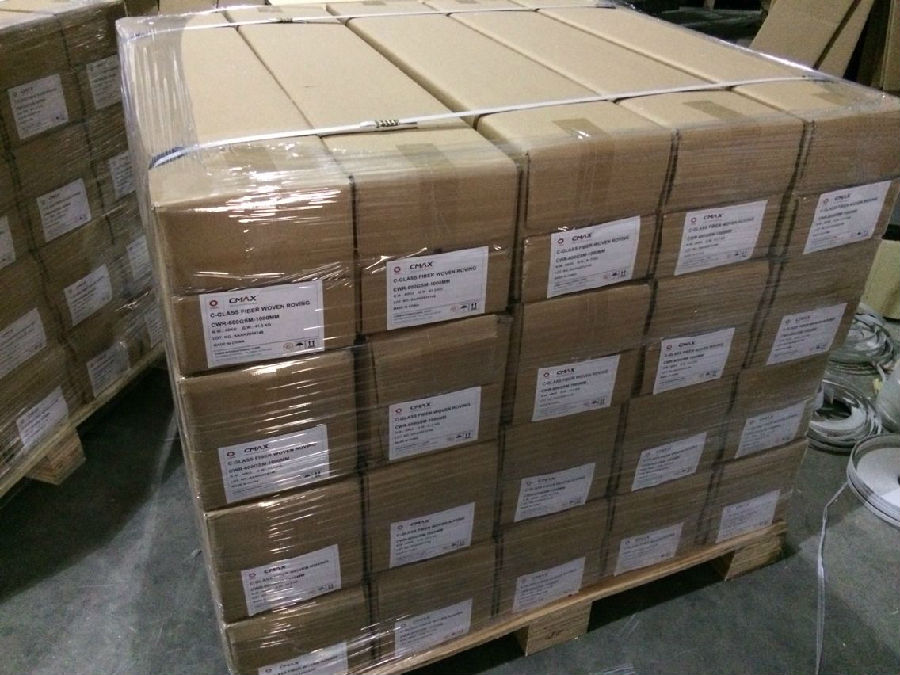
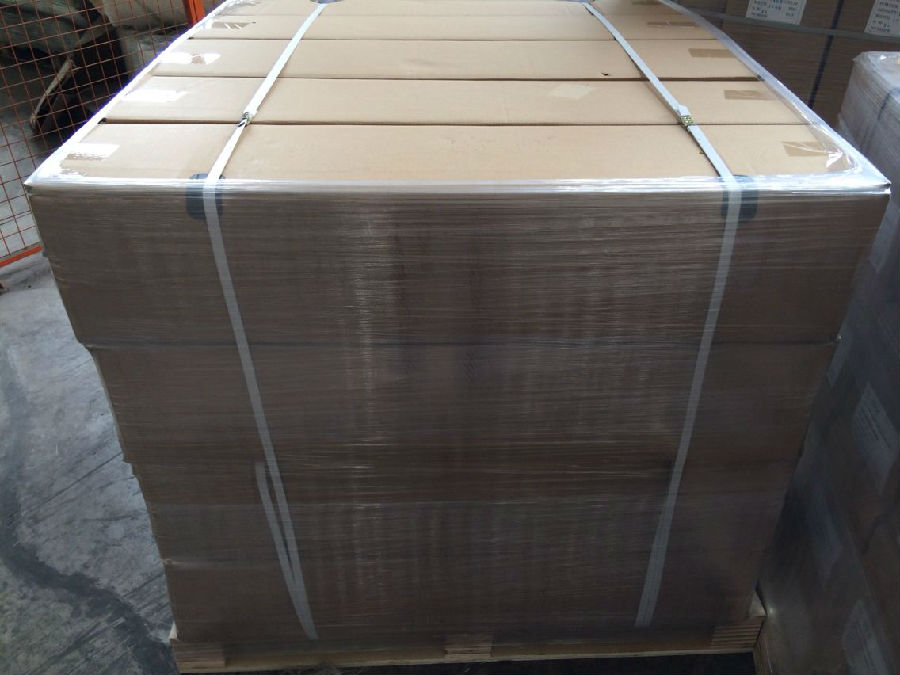
- Q: Silicone rubber and glass fiber cloth, capable of curing 300 degrees of adhesion method?
- The special surface properties and physiological inertia. The surface of the silicone rubber than most organic materials is low, so it has low hygroscopicity, long immersed in water and the water absorption rate is only about 1%, physical and mechanical performance is not reduced, good antifungal properties; in addition, it does not stick on many materials can be isolated.
- Q: Can fiberglass fabric be used for reinforcement in 3D printing?
- Yes, fiberglass fabric can be used for reinforcement in 3D printing. It is commonly used to add strength and durability to printed objects, especially those that require enhanced mechanical properties. The fiberglass fabric can be embedded within the printed layers to provide reinforcement and improve the overall structural integrity of the printed part.
- Q: Two, fat and PVC paste resin paste into the sizing, coated on glass fiber cloth, so that after baking, how do not shrink?
- Do not grind finer, the particles are too small at room temperature, often because of excessive solvent and paste viscosity high.
- Q: What are the different applications of fiberglass fabric in the oil and gas industry?
- Fiberglass fabric finds several applications in the oil and gas industry due to its unique properties and benefits. Some of the different applications of fiberglass fabric in this industry are: 1. Insulation: Fiberglass fabric is commonly used as insulation material in the oil and gas industry. It is employed to insulate pipes, tanks, and equipment to prevent heat loss or gain. The fabric's thermal resistance helps maintain consistent temperatures, reducing energy consumption and ensuring efficient operations. 2. Fire protection: Fiberglass fabric has excellent fire-resistant properties, making it an ideal material for fire protection systems in the oil and gas industry. It is used for creating fire barriers, fireproof curtains, and fire blankets to contain and control flames in case of emergencies. 3. Corrosion resistance: The oil and gas industry often deals with corrosive substances, and fiberglass fabric's corrosion resistance makes it highly suitable for various applications. It is used to fabricate corrosion-resistant linings for pipes, tanks, and vessels, protecting them from degradation caused by harsh chemicals or environmental conditions. 4. Reinforcement: Fiberglass fabric is commonly employed as reinforcement material in composite structures used in the oil and gas industry. It is used to strengthen pipes, tanks, and other equipment, enhancing their structural integrity and durability. The fabric's high tensile strength and low weight make it an excellent choice for composite reinforcement. 5. Filtration: Fiberglass fabric is utilized for filtration purposes in the oil and gas industry. It is used to manufacture filter bags and filter media that effectively capture solid particles, contaminants, and impurities from gases and liquids. These filters ensure the smooth operation of various processes and prevent equipment damage caused by unwanted particulates. 6. Abrasion resistance: In certain applications where equipment is exposed to abrasive materials or environments, fiberglass fabric is used as a protective layer. It helps prevent wear and tear, extending the lifespan of equipment such as pipes, valves, and tanks. 7. Electrical insulation: Fiberglass fabric is an excellent electrical insulator, and its non-conductive properties make it suitable for various electrical applications in the oil and gas industry. It is used for insulating cables, wires, and electrical equipment, ensuring safety and preventing electrical hazards. Overall, fiberglass fabric offers numerous advantages in terms of insulation, fire protection, corrosion resistance, reinforcement, filtration, abrasion resistance, and electrical insulation in the oil and gas industry. Its versatile nature and ability to withstand harsh environments make it a preferred material for many critical applications in this sector.
- Q: Can fiberglass fabric be used for packaging?
- Yes, fiberglass fabric can be used for packaging. It is a strong and durable material that can provide excellent protection for fragile items during transportation and storage. Additionally, it is resistant to heat, moisture, and chemicals, making it suitable for various packaging applications.
- Q: How does fiberglass fabric perform in peel strength?
- Fiberglass fabric is known for its exceptional peel strength. Thanks to its inherent strength and durability, fiberglass can withstand substantial pulling forces without delaminating or tearing. The bond between the fiberglass fabric and the substrate is typically strong, resulting in high peel strength values. These qualities make fiberglass fabric an ideal choice for industries that require strong adhesion and resistance to peeling, like composite manufacturing, aerospace, automotive, and construction. Moreover, the flexibility and lightweight nature of fiberglass fabric contribute to its overall peel strength performance, enabling it to conform to different surfaces and maintain its integrity when subjected to stress.
- Q: What are the different strengths available in fiberglass fabric?
- There are various strengths available in fiberglass fabric, ranging from lightweight options for applications that require flexibility and ease of use, to heavy-duty options designed for high-stress environments. The strength of fiberglass fabric is typically measured in terms of its weight per square yard (oz/yd²) or its thread count. Higher weight or thread count indicates a stronger fabric that can withstand greater tension and impact. Overall, the strength of fiberglass fabric can be tailored to specific needs, making it suitable for a wide range of applications.
- Q: What are the temperature resistance capabilities of fiberglass fabric?
- Fiberglass fabric typically has high temperature resistance capabilities, with most varieties able to withstand temperatures up to 1,000 degrees Fahrenheit (538 degrees Celsius) or higher. However, the exact temperature resistance depends on the specific type and grade of fiberglass fabric being used.
- Q: Roof with a single group of waterproof coating and glass fiber cloth done, but the past is still in the seam water seepage, how should remediation?
- Now there are waterproof paint, not black, black is likely to be asphalt type, easy to brittle crackingNow there are chlorinated rubber class waterproof, and silicone waterproof, you buy when asked clearly type, and then mixed white cement modulation, brush more than a few times, anti cracking, waterproof prominent, can be directly built
- Q: Is fiberglass fabric resistant to rot and decay?
- Yes, fiberglass fabric is resistant to rot and decay.
Send your message to us
Ptfe Fiberglass Fabric e-glass Stitch Combo Mat - Bx - Two Stages
- Loading Port:
- China Main Port
- Payment Terms:
- TT or LC
- Min Order Qty:
- -
- Supply Capability:
- -
OKorder Service Pledge
OKorder Financial Service
Similar products
Hot products
Hot Searches
Related keywords
